Connecting with nature - insect photography with a purpose
Recently we met Trace Bella, an artist in Central Victoria who connects with nature on her early morning walks. She incorporates the detail she sees into her work writing and illustrating children’s books. (See link below).
Today we are going to meet Dr. Luis Mata, who is a Doctor of Ecology at RMIT University in Melbourne. He has become interested in documenting the vast and unique world of insects by photographing them in their natural habitats.
Here is his story and wonderful photographs, as shown on the Gardening Australia television programme on the ABC network in Australia:

Just to put into context a few of the statistics that Dr. Mata mentioned, here’s a few interesting facts about insects.
- The classification system documented by Botanist and Professor, Carl Linnaeus in 1753 is still used pretty much the same way today. You may recall learning his method of sub-dividing living organisms in biology at school: Kingdom, Phylum, Class, Order, Family, Genus and lastly, Species. (You may also see a higher level than Kingdom called “Domain” in some lists, but this doesn’t appear to be universally validated to date.)
I remember that we had a saying at school to remember the order of this classification in tests, something like “King Phillip Came Over For Great Soup” .... or a similar metaphor!

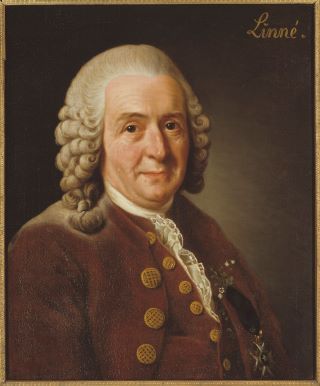
-
Whilst Linnaeus initially divided all living things into either the Animal, Plant or Mineral Kingdoms, with the benefit of highly specialised microscopes such as the electron microscope, we now have five or six “Kingdoms,” from which the further classifications then stem, right down to Species.1
-
Insects, grouped together in the Class Insecta, are the most numerous creatures in the whole world, with some 900,000 species! This represents between 80% and 90% of all species of living organisms in the world! 1,2
-
The Class of insects includes beetles, ants, bees, moths and butterflies. (We’ve featured bees, moths and butterflies in the blog before, as well as Anne’s blog on “Entomological Art." See the links at the end, if you would like to re-visit any of these.)
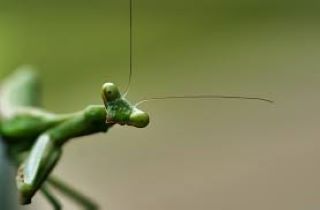
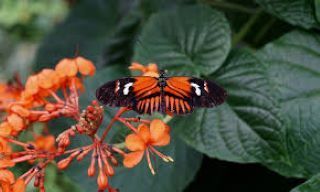
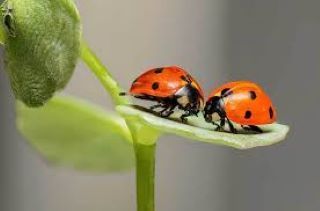
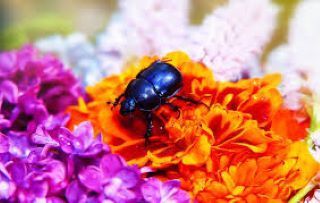
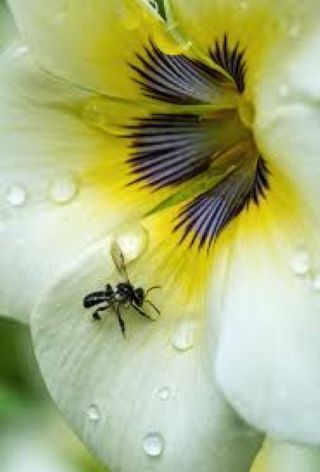
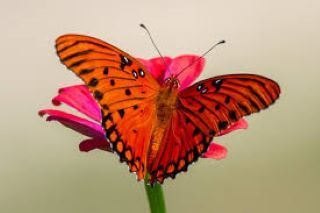
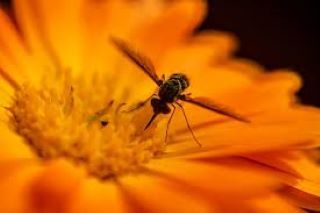
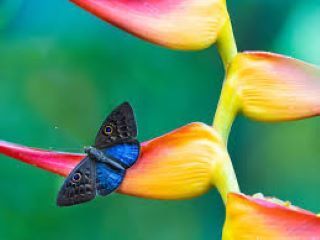
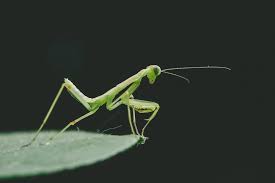
- Most insects are solitary creatures, except for bees, ants, and termites, which are social creatures that live in large, well organised colonies. 1
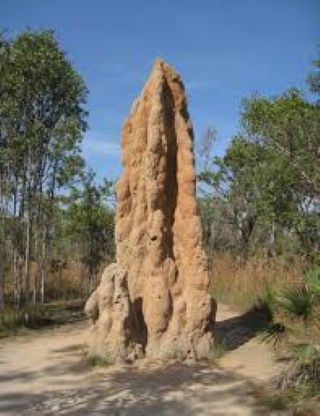
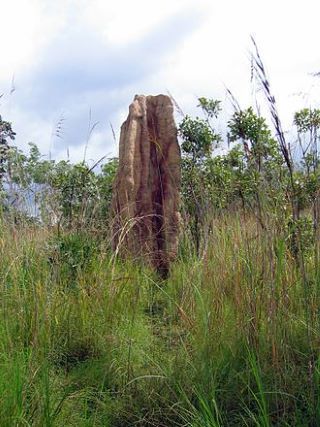
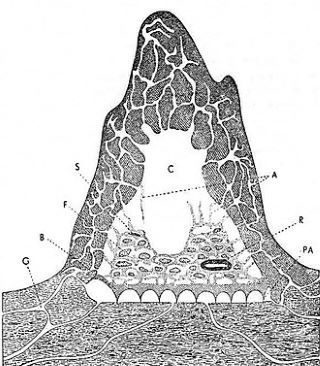
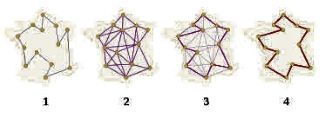
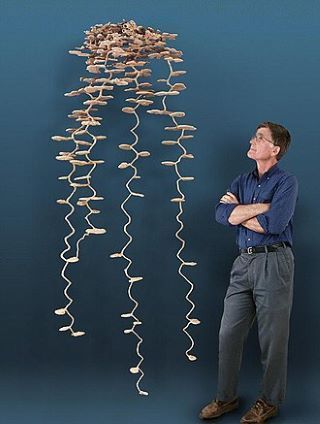
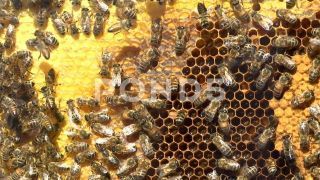
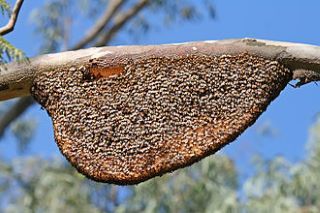
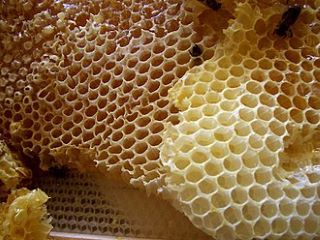
Which insects are your favourites? The beautiful butterflies? The busy bees? The pretty little ladybird? Or fascinating beetles? As Dr. Mata mentioned, most people tend to go for a group called “The Pollinators” as they are the ones we see most often, on flowers. Whilst attracted by bright colours or beautiful scents, they looking for nectar. But they also transfer grains of pollen from plant to plant as they go.
Pollination is the act of transferring pollen grains from the male anther of a flower to the female stigma. The goal of every living organism, including plants, is to create offspring for the next generation. One of the ways that plants can produce offspring is by making seeds.
For some major food crops such as wheat, rice, corn and oats, wind carries the pollen that pollinates the plant.
However, many of our other food crops rely on insects (especially bees) and other animals for pollination, including:
-- apples, pears, peaches, melons and passionfruit;
-- pumpkins, zucchini, avocados and cucumbers;
-- brazil nuts, macadamia nuts, cashews and almonds;
-- canola and sunflower;
-- coffee, coconut, mustard and cotton.3
This is a very important subject all on its own, which Caroline explored in a couple of her Bee Week blogs last year (see below).
But today we leave you with some pretty images of Pollinators as they go about their busy day……..
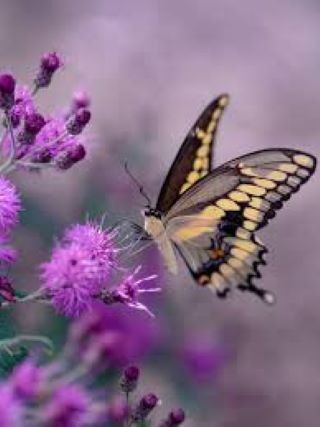
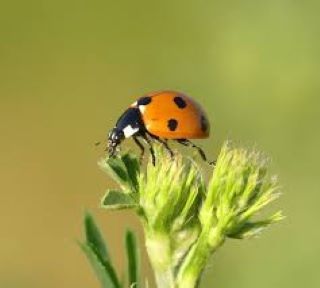
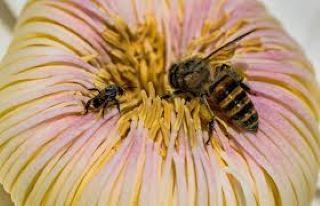
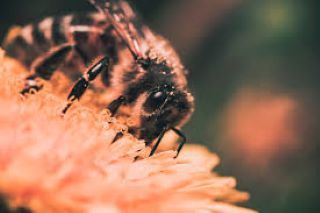
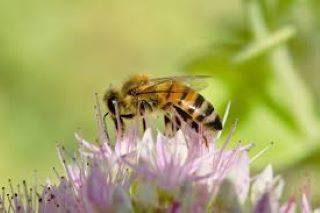
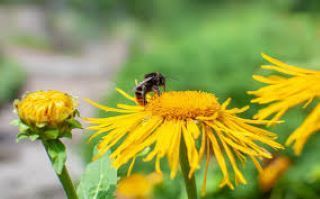
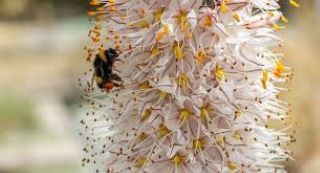
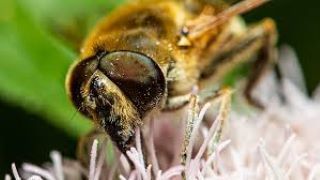
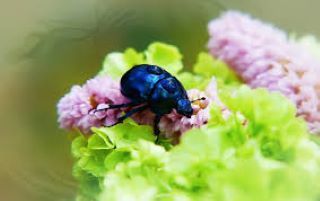
Our previous blogs:
Bees: Where to Begin click here.
The Amazing Bee click here.
Where To Next click here.
Moths and Butterflies click here.
Entomological Art click here.
Connecting with Nature – Trace Bella click here.
Footnotes:
Courtesy of:
- Wikipedia
- Smithsonian Institute - si.edu.spotlight/bug info
- Aussiebee.com.au
